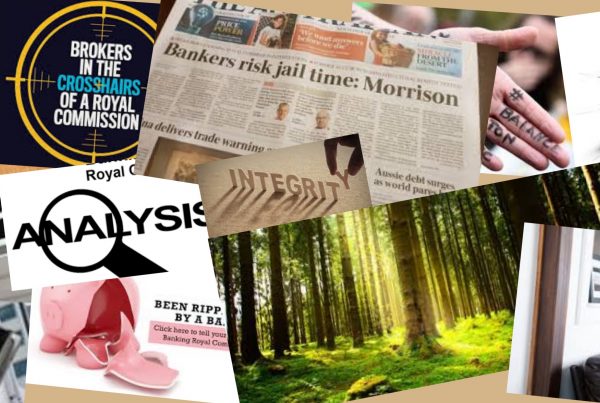Public relations practitioners need to be constantly reminded about the pressure under which journalists work. They have employers, which are editors in the print medium. Pleasing the editor is how journos keep their jobs, so PRs should know about the bosses as well as their staff.
Good writing is fine but good editing is better. It’s ironic, given the role they play in the media, that editors often do not get a good press. But I have a soft spot for talented editors, and one in particular – the English editor and publisher, Nick Logan.
Logan was editing the UK music newspaper, New Musical Express, when I came across his work in the mid 1970s. What attracted me was the daring and panache not just of the journalism but the look, spirit and general attitude of the NME as a whole. A BBC retrospective some years ago called it “anarchic enthusiasm strewn with sharp, opinionated outbursts”.
Every week, picking up the NME was a delight. One feature I remember was on the Beach Boys by Nick Kent. Rather than play up the celebrity angle, he probed into the bizarre politics of the band and the way the rest of the members behaved toward troubled songwriter Brian Wilson.
The Guardian a couple of years ago called Logan the “most innovative magazine man of his generation”. Along with his staff, he was always interested in spotlighting the Next Big Thing and was always willing to support talented unknowns, frequently ahead of established stars.
The world of the NME under Logan’s leadership was about much more than music – relationships, individual visions, social change and personal rebellion came to the fore. I was hooked. He became my hero – and I do not admit to heroes easily. One attribute about Logan, though, was that he refused to stand still. In 1978, when the publication was in its heyday, he left to set up Smash Hits.
This was an adventure which particularly appealed to me. Smash Hits was ostensibly a teen pop glossy and could have been a fairly puerile exercise. But the gusto and intelligence that Logan brought with him made it a classic case of applying a highbrow approach to a lowbrow medium.
Again, after two years, Logan began to get itchy feet and decided to launch his own independent magazine, The Face, in 1980. This was probably the pinnacle of his achievements. The Face was tremendously influential during the 1980s in covering fashion, music, and style trends.
In 1986, Logan struck out into the men’s magazine market with Arena, which had articles on food, movies, fitness, sex, music, toys, and books. The distinctive layouts were designed by the brilliant Neville Brody, who had cut his teeth on The Face. He made both magazines look exciting and beautiful.
What is good editing? Fostering and guiding exceptional writers, holding out a vision of what can be, working closely with designers and photographers to defy expectations, devising a formula which is original and highly readable, and not being afraid to take a challenge. For a decade, Logan had it all.





